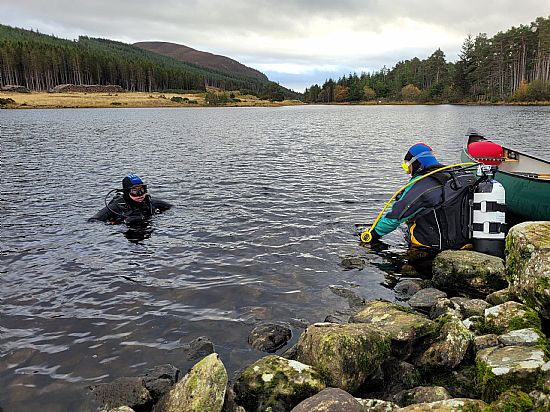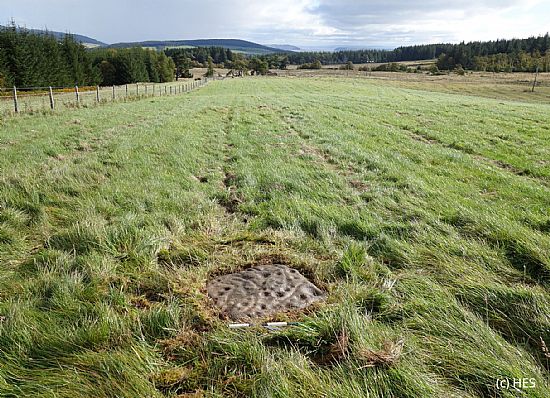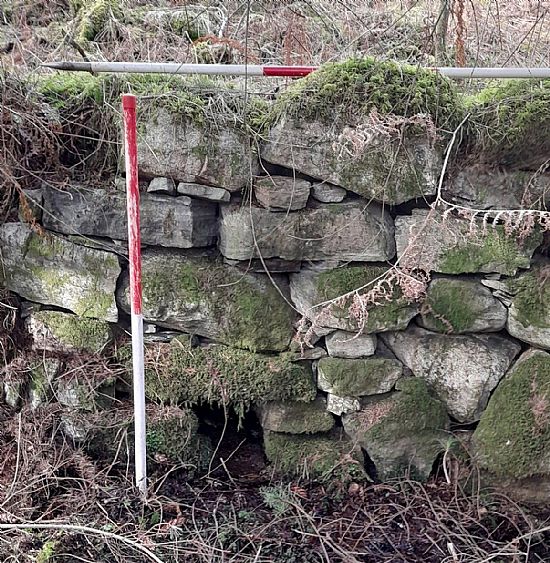Current Projects
 Crannogs Project. Lead Richard Guest
Crannogs Project. Lead Richard Guest
This project seeks to explore a select group of crannogs in Highland, following on from a stimulating talk by Michael Stratigos in March 2021. There are hundreds of recorded crannogs in the Highlands but very few of them have received any archaeological investigation since antiquarian times. Recent research in the Western Isles has revealed unexpected Neolithic dates on crannogs there. There is a huge untapped resource worthy of investigation.
The project has reached a critical stage. The desktop study, in which we searched for potential unrecorded crannogs, is virtually complete. The site verification of targets identified in the desktop study is nearing a conclusion.
The committee identified two sites for more intensive study - two recorded crannogs at Loch Kinellan and Loch Achilty. These are both possible mediaeval sites, only a few kilometers apart, and crannogs of this date are essentially unstudied in the Highlands. Only one mediaeval crannog has ever been extensively excavated, Keppoch’s Council Isle. The scope of a future project would be beyond the capability of NOSAS alone. It will require considerable funding – not only for site work but for post-ex, on a possibly large number of samples of waterlogged material. The Nautical Archaeology Society have agreed to assist in an excavation of the Loch Achility if the necessary funds can be raised. It is hoped this fieldwork might take place in 2025.
There are substantial practical challenges in this project. Anyone interested in volunteering please contact Richard: guestcharles1@gmail.com. See our Crannogs Project page for further details.
 Tarradale Archaeological Team. Lead Eric Grant
Tarradale Archaeological Team. Lead Eric Grant
For some years NOSAS members have been field walking at Tarradale after the fields are ploughed in winter. Important sites dating from Mesolithic to post-medieval have been identified as well as some fascinating finds of worked flint, pottery and coins.
In 2017 the Tarradale Through Time Project was awarded £69,300 of Heritage Lottery Funding to undertake a programme of archaeological excavations and investigations. In 2019 completed its third season of excavations and is in its winding down phase. In 2022, a popular Tarradale Through Time book was published and an official end of project celebration was held in Muir or Ord on 24th September.
In 2023 a new project - Tarradale Archaeological Team - was convened to continue archaeological work following the close of Tarradale Through Time. Excavations took place in Autumn 2023 on shell midden / Mesolithic deposits, and regular Sunday finds sorting sessions were conducted in late 2023/ early 2024.
Excavation of a post medieval wall and possible farm buildings shown on the 1788 estate map took place in 2024. Investigations are ongoing. See the Tarradale Through Time website and Twitter page for the most up to date information.
 Rock Art Group. Lead Alan Thompson
Rock Art Group. Lead Alan Thompson
The Group will be active in finding, recording, and ‘looking after’ prehistoric rock art in the Highlands and Moray.
We will learn from and build on the ScRAP experience of recording rock art. We will maintain our own records (no further information can be added to the ScRAP database) and will retain copyright to our material, making it publicly accessible through a creative commons licence, and available to the HERs and to Canmore.
We will work to mitigate any threats to rock art in our area, through (i) making sure that the public record is complete and up to date, (ii) where possible arranging for key panels to be scheduled, and (iii) responding to specific threats, currently for example the construction of power lines and windfarms.
There are opportunities to contribute in many ways, indoor and outdoor. If you would like to join in, find out more, or simply be kept informed of our activities, please contact Alan.
 Fort Augustus Road Project. Lead Duncan Kennedy
Fort Augustus Road Project. Lead Duncan Kennedy
This project is being established to investigate a recently discovered part of the Caulfeild military road which linked Bernera Barracks on the west coast to Fort Augustus. This is a half-mile stretch, incorporating impressive stonework and exhibiting many original features.
It appears that the road was realigned and this section of it came out of use, probably relatively early in its life, and as a result in some parts it is remarkably well-preserved.
The project is aiming to record this feature using a variety of techniques, and we will also excavate across it in two areas to explore its construction. This is a rare opportunity to investigate an 18th Century military road which appears not to have seen any later use or development. We are hoping it can reveal much. If you are interested in this project, please contact Duncan Kennedy.
